Looking for fun winter science experiments? This snowstorm in a jar experiment is super easy to set up and looks absolutely magical once it starts snowing in your jar!
It’s a fun winter STEM activity and a way to simulate the feeling of winter without even experiencing the cold chilly weather. It doesn’t snow much in our state, so the kids in my classroom were thrilled to experience this blizzard in a jar.
If you haven’t checked out my How to Draw a Snowflake Drawing Guide, go give it a try! I also included a free PDF printable with step-by-step directions. It’s the perfect art activity to pair with this snow science experiment.
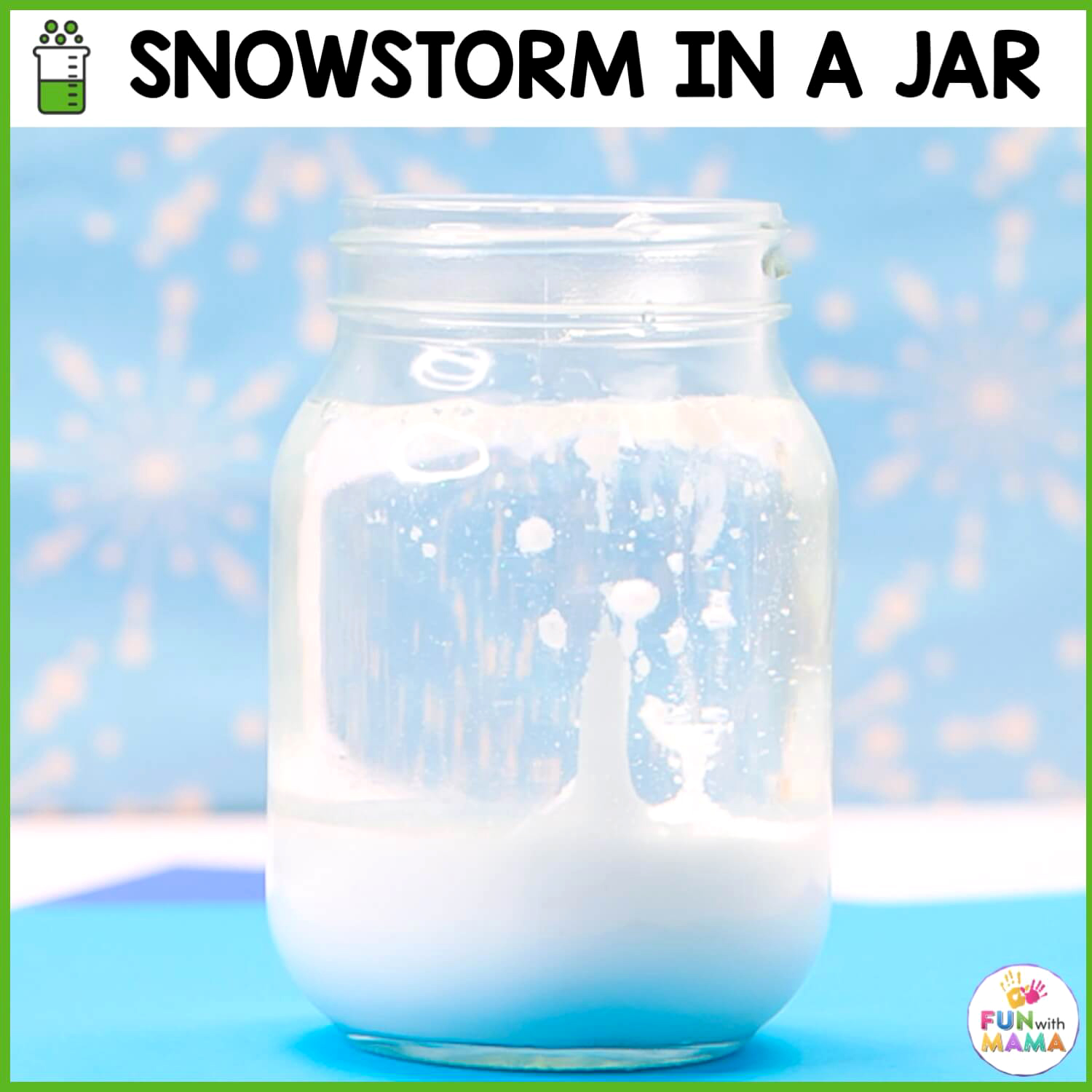
Snowstorm In A Jar Science Experiment
Here’s everything you need to know about creating your own fun snow storm in a glass or blizzard in a bottle:
Snowstorm In A Jar Supplies
This experiment only requires 5 household ingredients, and one of them is water! That’s how easy this is…
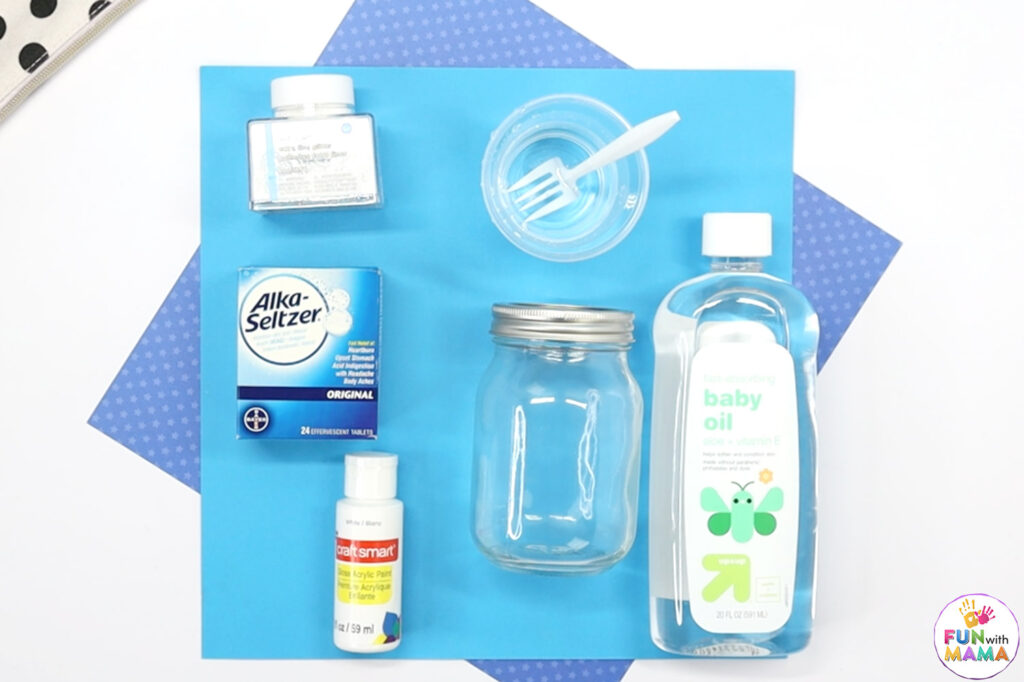
- Baby oil
- White acrylic paint
- Alka seltzer tablets (make sure that these contain citric acid and sodium bicarbonate).
- White glitter
- Water
- Mason jar (The size of your container should be around 250 ml just to see a nice interaction.)
Check out our favorite kindergarten and preschool supplies list here.
Video of the snowstorm in a jar
This is the perfect snow science experiment for preschoolers. They will be amazed by the snowstorm effect, especially if it does not snow in your state.
Did you know that each year, at least 1 septillion snowflakes fall from the sky? That’s 1,000,000,000,000,000,000,000,000 (24 zeroes!). Why not share these 50 Fun Facts About Snow with the kids before or during the experiment? It’s a fun way to keep them learning and engaged.
How to Create Your Own Snow Storm in a Jar
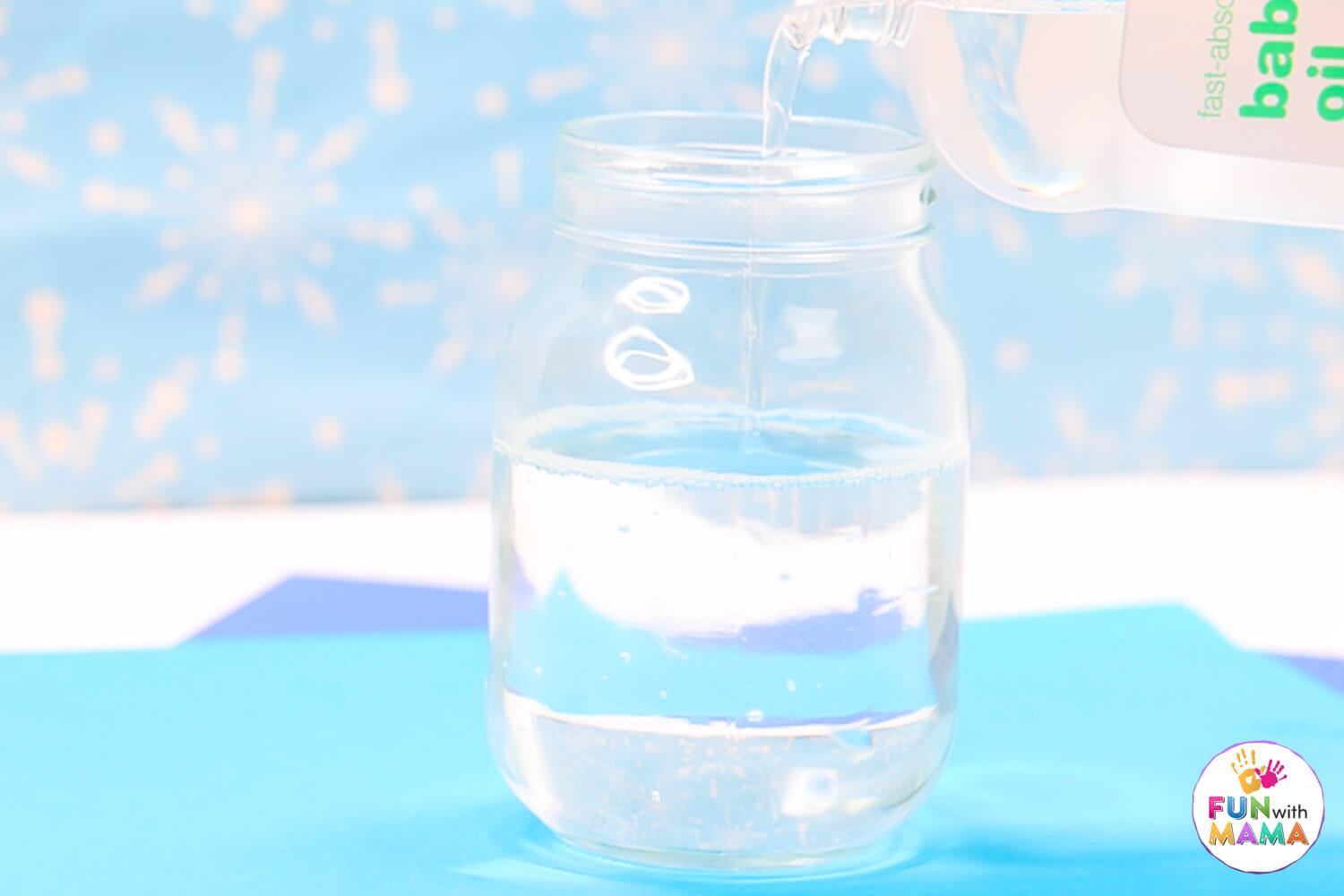
Fill your mason jar about three-fourths (3/4) way full of baby oil.
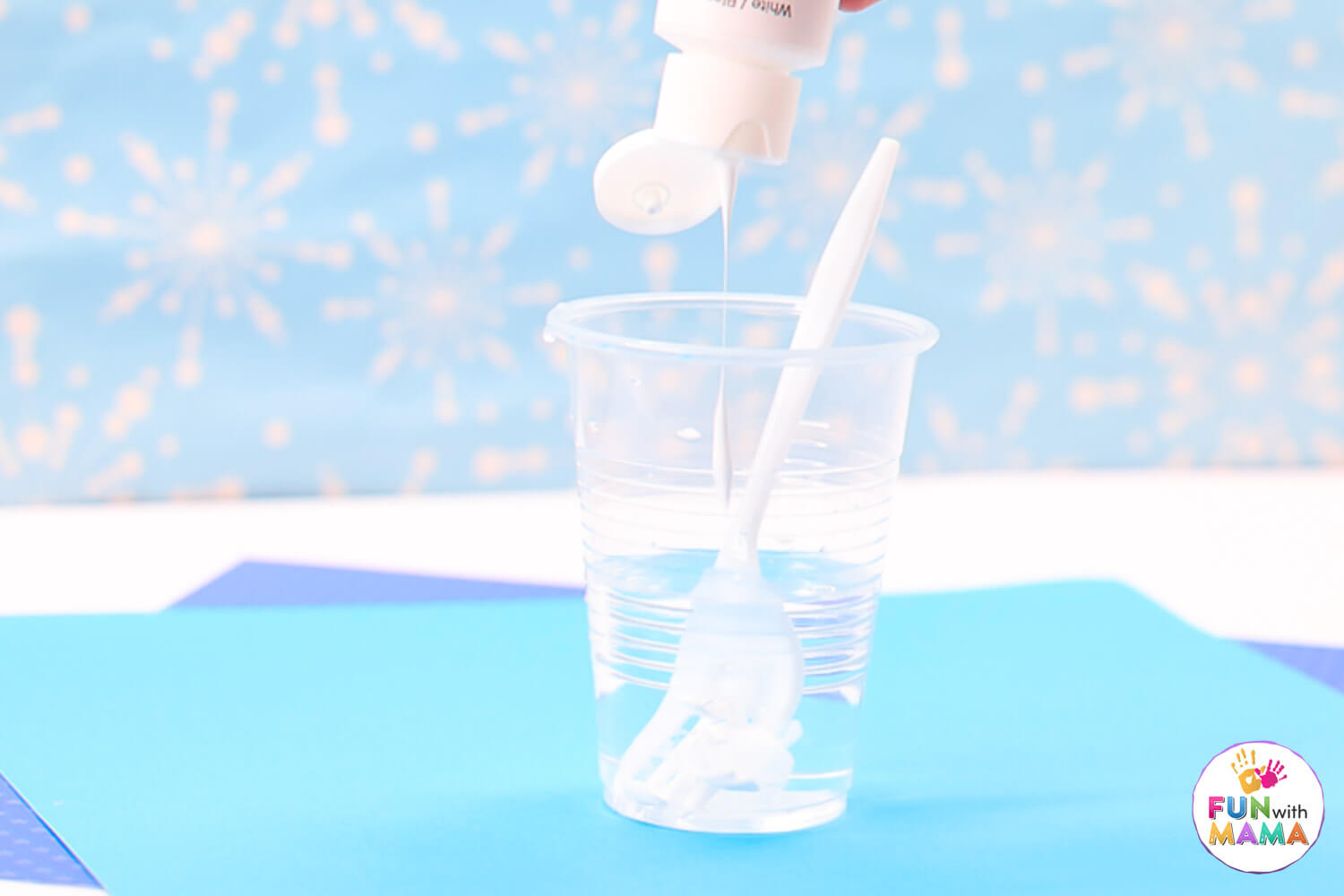
Add a small squirt of white paint to 1/4 glass of water (Use about half of what you see pictured above; it is less than a teaspoon of white paint. I wish I used less in the video and picture tutorial.)
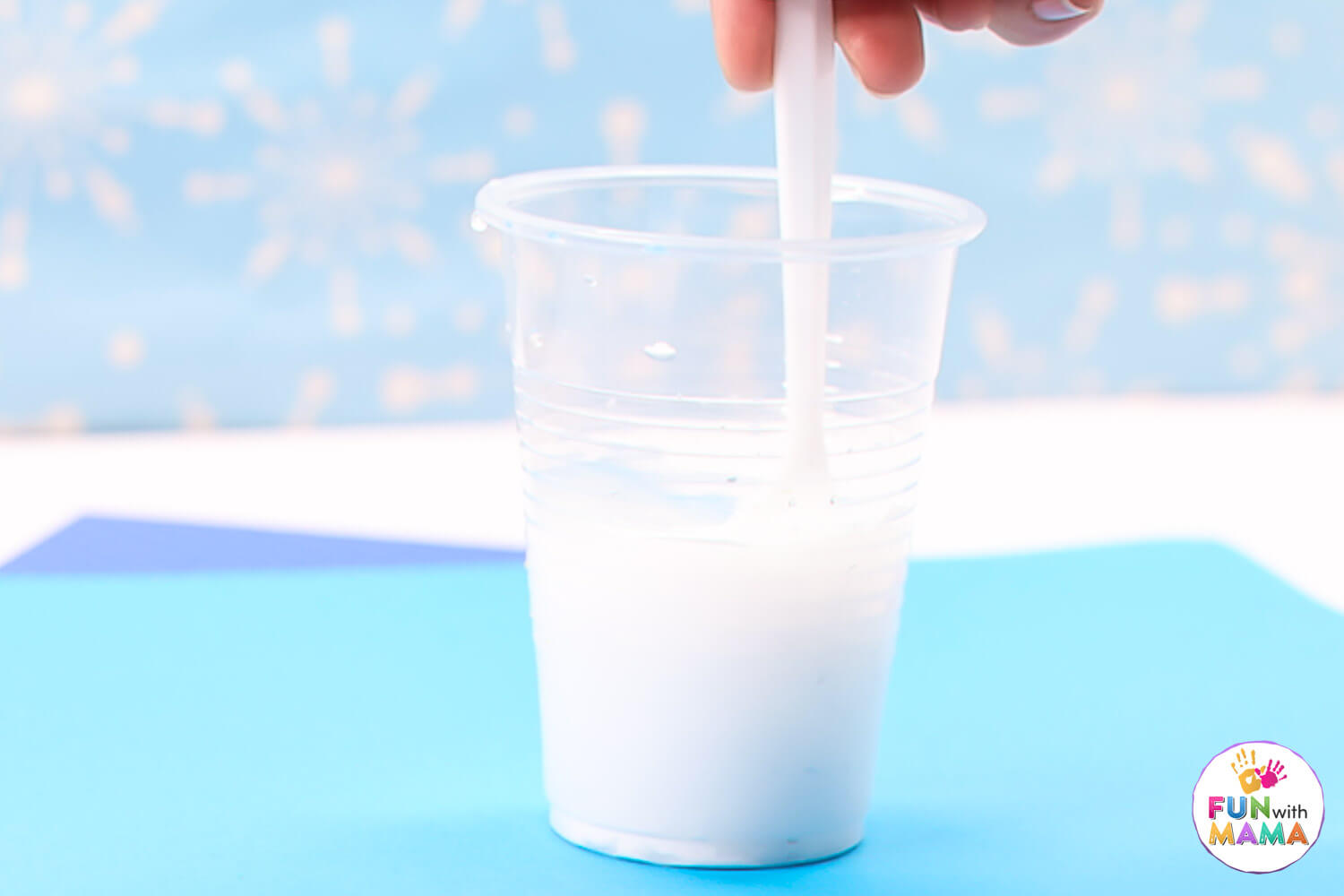
Stir the water mixture well. You want the liquid to resemble white water.
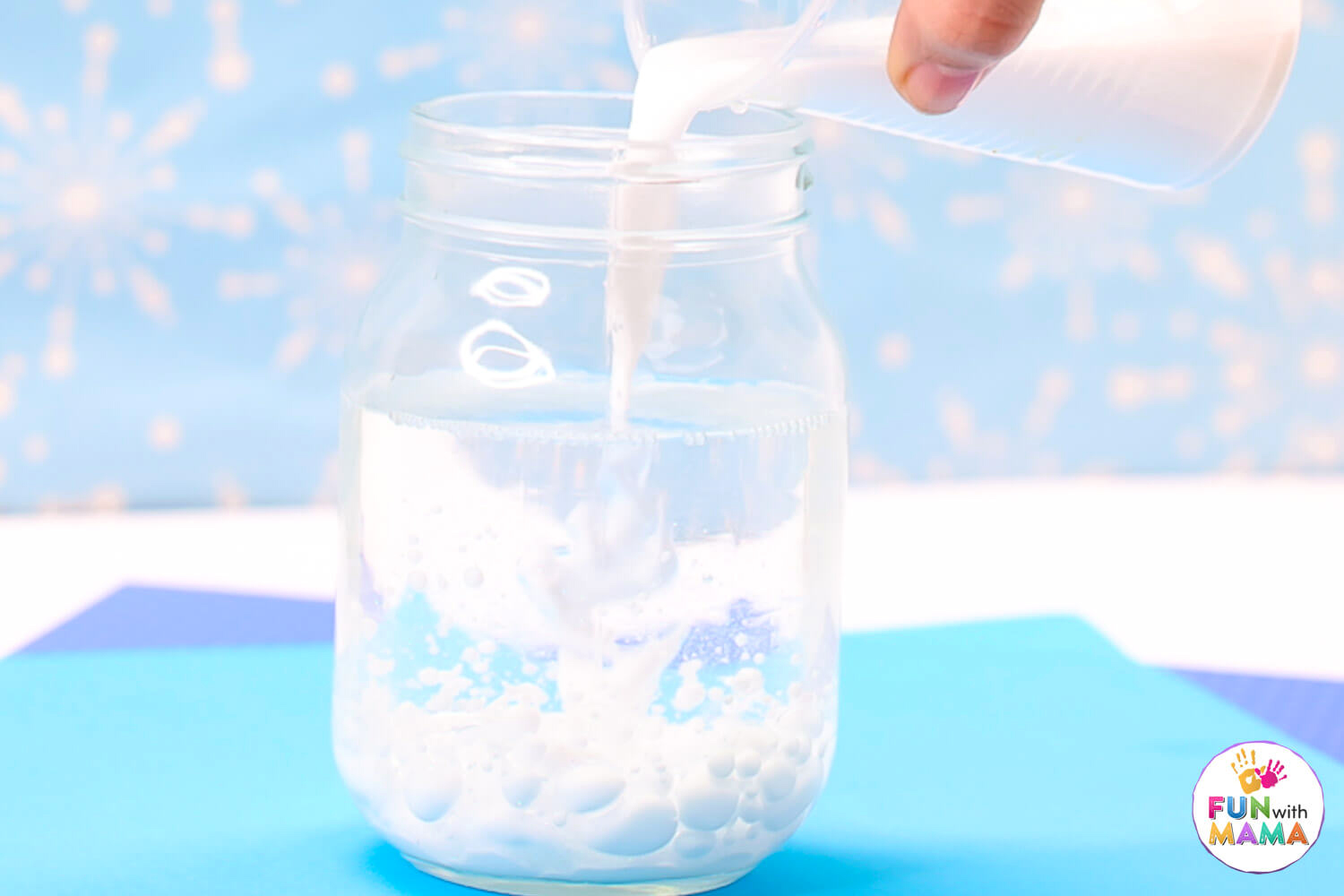
Pour the paint mixture into your jar containing the oil.
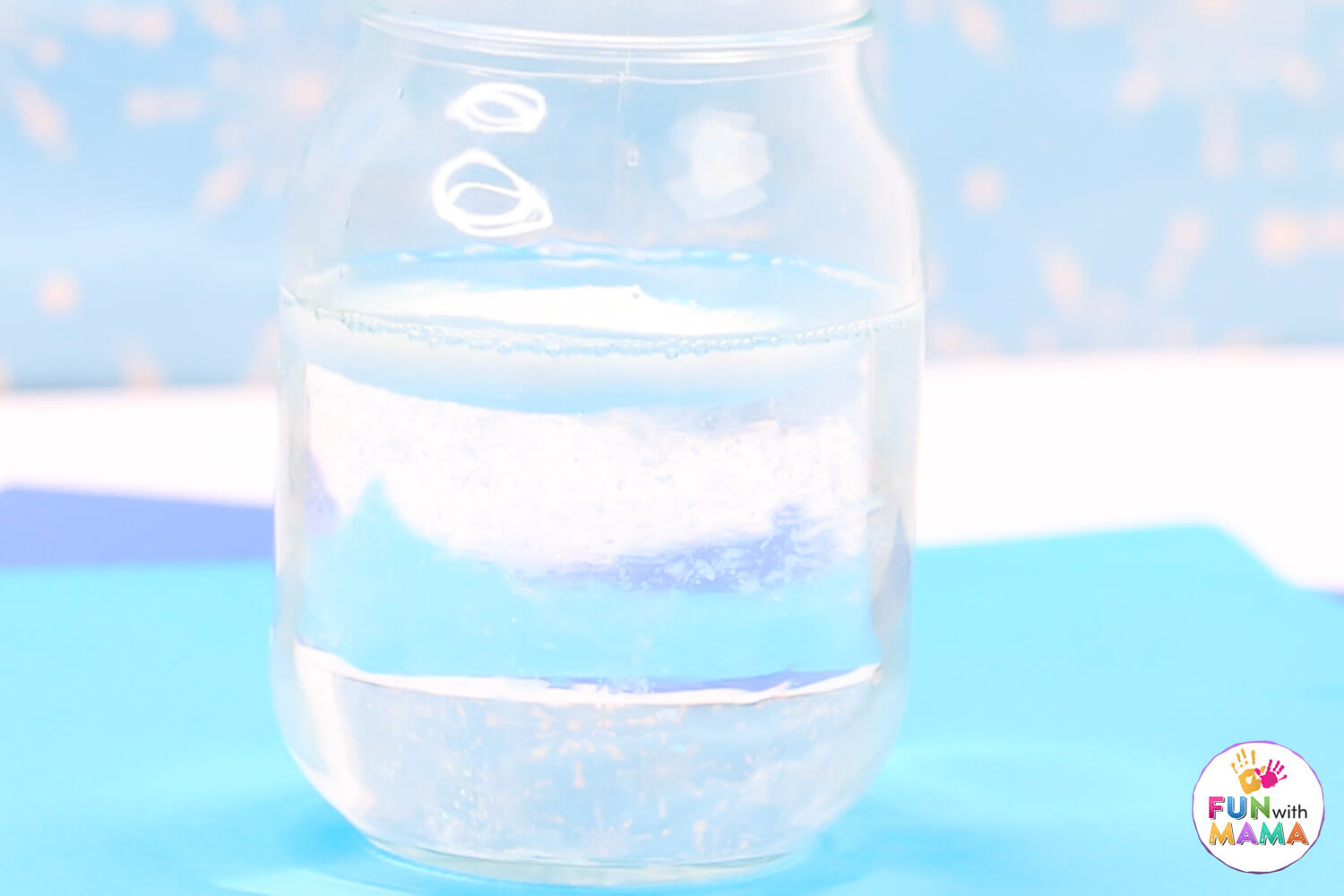
The mixture will fizz with bubbles at the top, so do not exceed the amount of water.
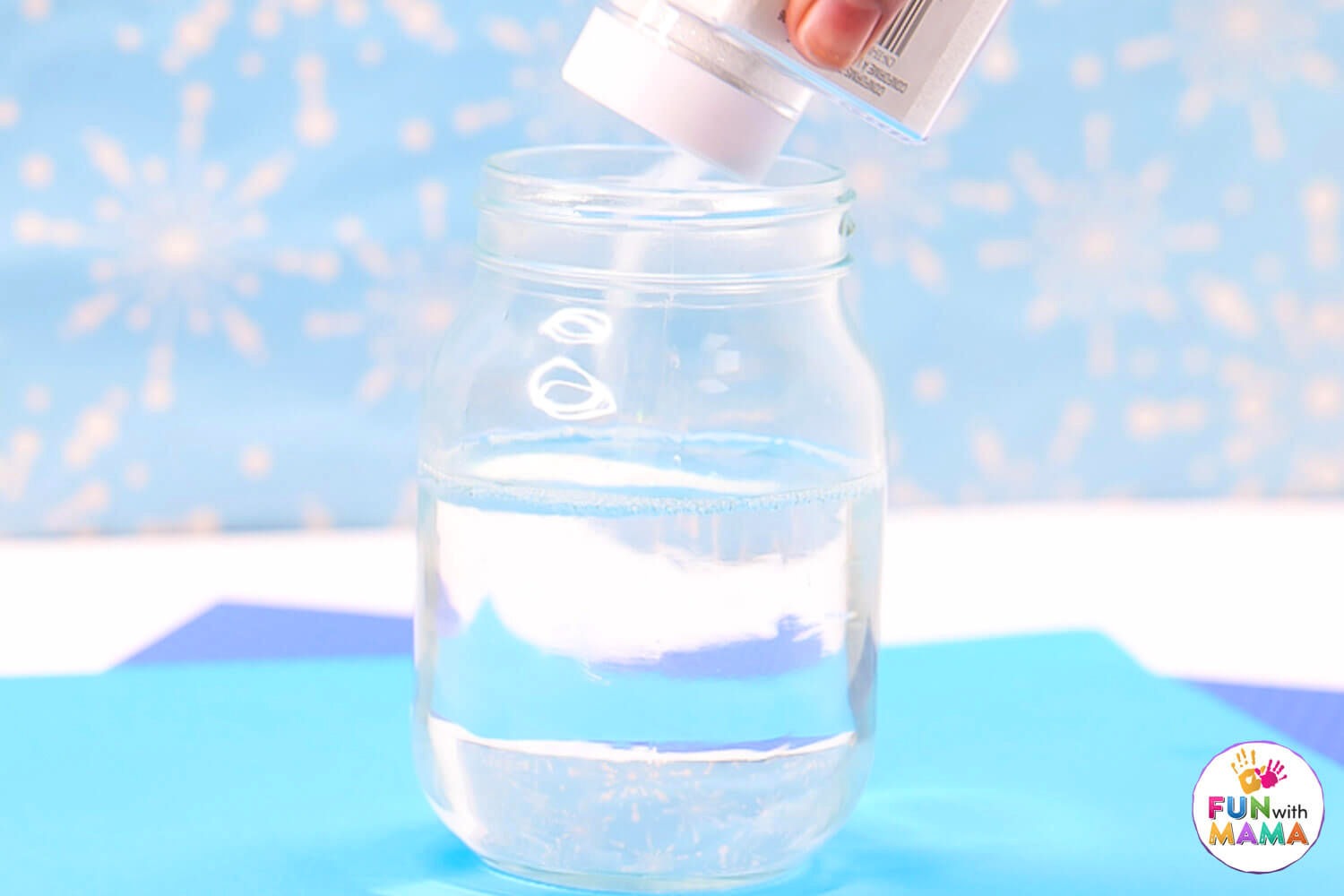
Add some clear glitter. (The glitter is optional and doesn’t make a huge difference. Try not to use colored glitter. Adding too much glitter can make it hard to see the snow storm).
It’s really pretty to look at how the glitter falls slowly into the baby oil.
(In the video, I added the glitter in before the paint, but I’d suggest doing it after.)
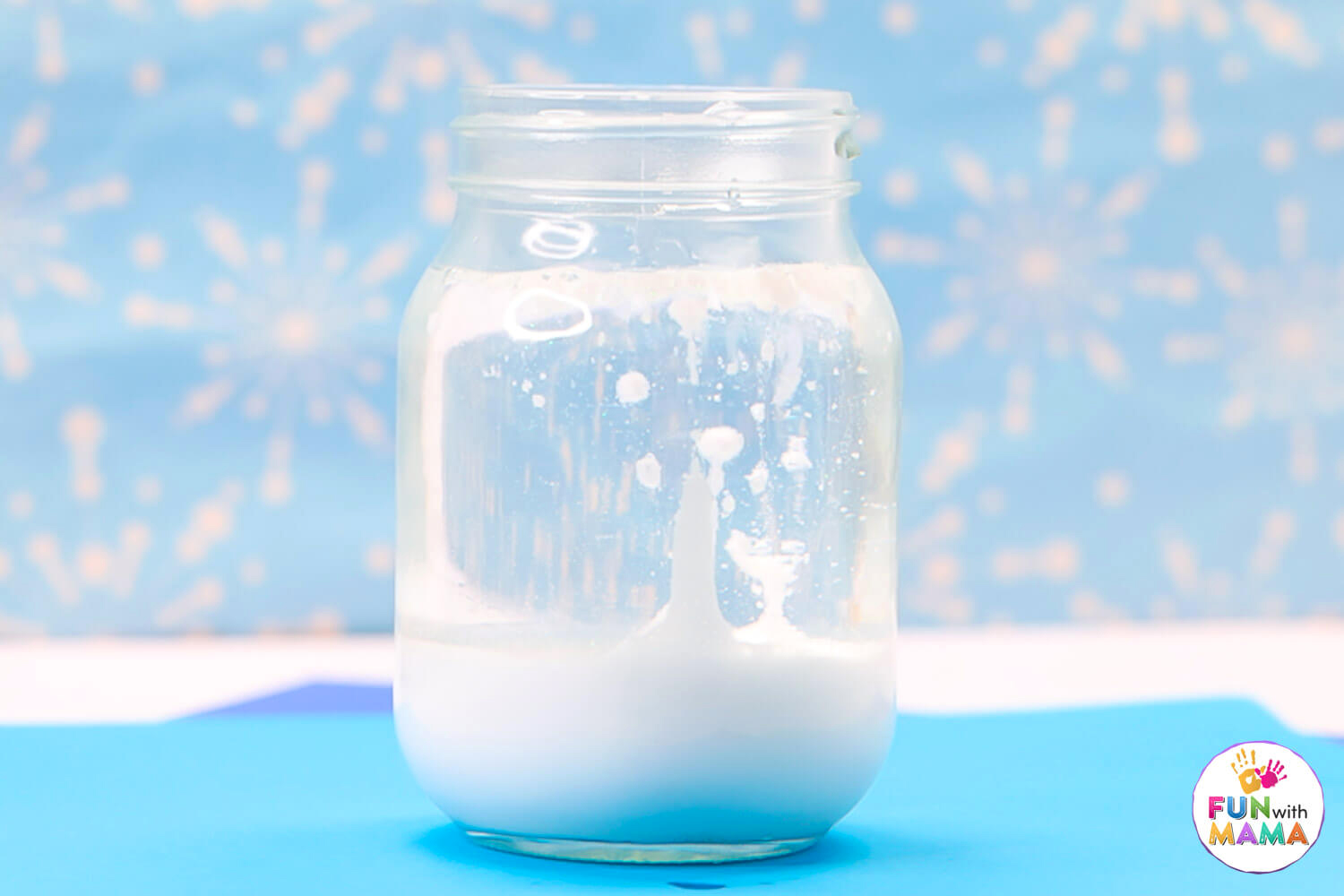
Break the Alka Seltzer tablets into small pieces and drop a few pieces in.
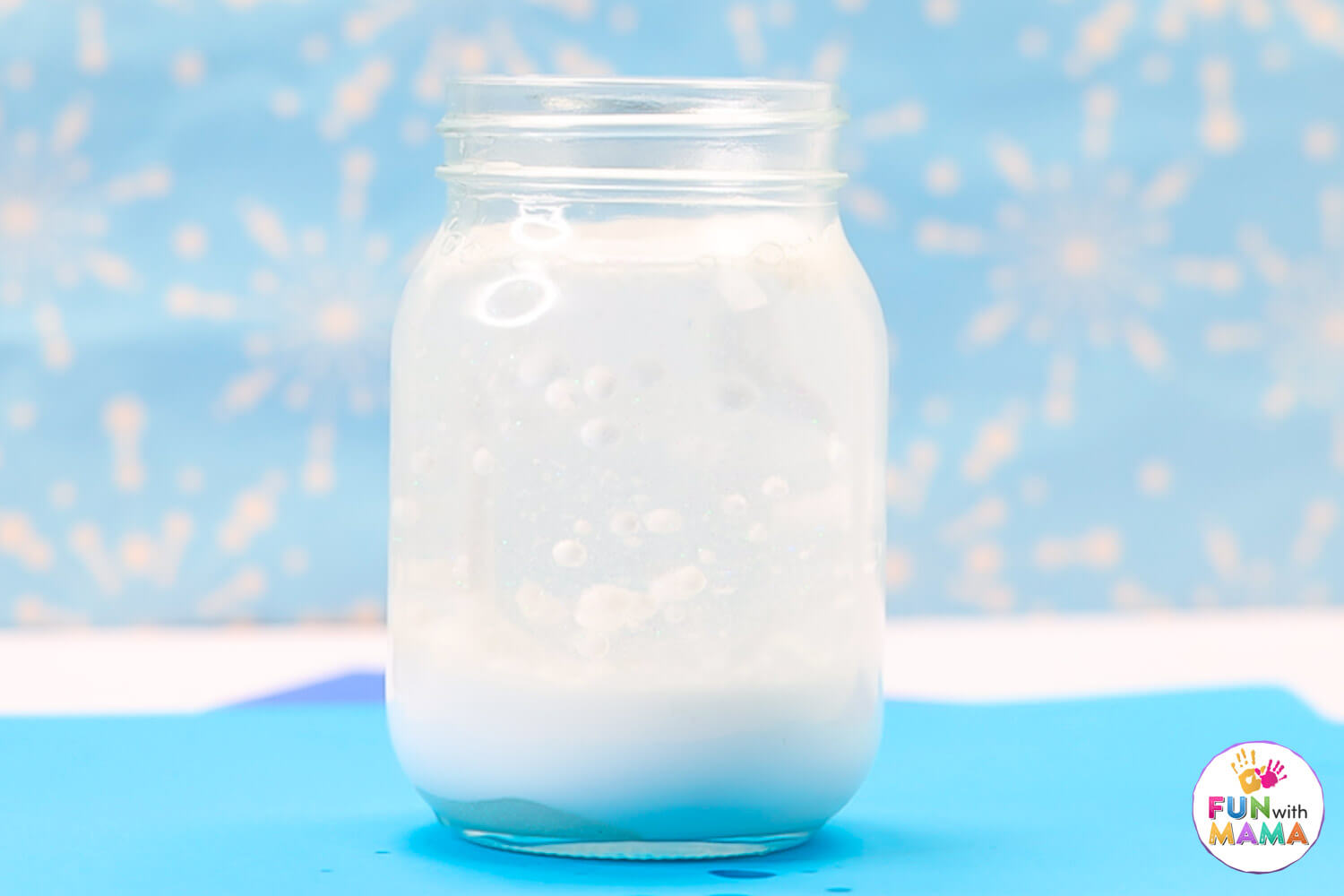
Now watch your snow flurries and fun snow storm in your jar! How’s that for weather science?
Related: Check out this easy Snowman Drawing tutorial
The Science Behind Snowstorm in a Jar
Let’s talk about science! Doing experiments is a fantastic teaching tool because the kids can have fun and learn at the same time. You can engage so many areas of their brains and present learning in a way that makes it desirable. There are quite a few science lessons to teach from this snow science experiment:
- The main concept this experiment explores is density.
- Oil and water do not mix. The scientific term to describe that is ‘immiscible.’
- Water is made up of two hydrogen atoms and one oxygen atom. Water is composed of polar molecules and has a partial negative charge from the oxygen atom and a partial positive charge from the hydrogen atoms. These positive and negative charges allow the molecules to be attracted to each other and form strong bonds.
- Oil is composed of hydrogen and carbon atoms – it is called a hydrocarbon. Unlike water, these oil molecules are non-polar hydrocarbons, meaning no positive or negative charges exist. The bonds are not strong enough to break the bonds between water molecules, and this is why they don’t mix. We call oil hydrophobic or ‘water fearing’
- Oil is less dense than water, which is why the water-mixed paint sinks to the bottom of your jar while the oil remains on top.
- As you drop the Alka Seltzer tablets that contain baking soda into the water, there is a reaction between sodium bicarbonate (baking soda) and citric acid and water (h20). This reaction creates carbon dioxide gas. The carbon dioxide bubbles push the water and paint mixture in an upward direction. However, the oil exerts pressure downwards. This creates the snow effect. Cool, isn’t it?
The Scientific Method
Teaching kids to think scientifically can be fun and easy. We’ve simplified it for you:
- Discuss the hypothesis. A hypothesis is a informed guess about how something might work, or how certain changes might occur. The snow storm in a jar hypothesis for this experiment might be that changing the quantity of alka seltzer tablets added will alter the strength of the blizzard in a jar. Another theory is that the type of oil used will make a difference.
- Discuss scientific topics. These include polarity, forces of attraction, density, solubility, and immiscibility (a fancy way to say oil separates from water).
Here’s an interesting perspective on the Benefits of Teaching the Scientific Method to Kids.
Check out this free ABC Printable Snowman Letter Hunt
Looking for more STEM activities?
Winter Activities Pack
GET THE WINTER ACTIVITIES PACK
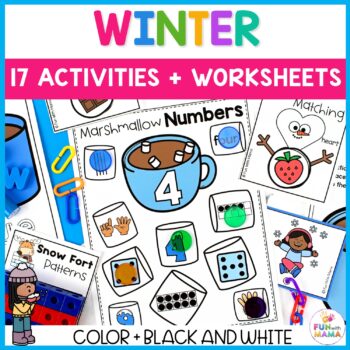
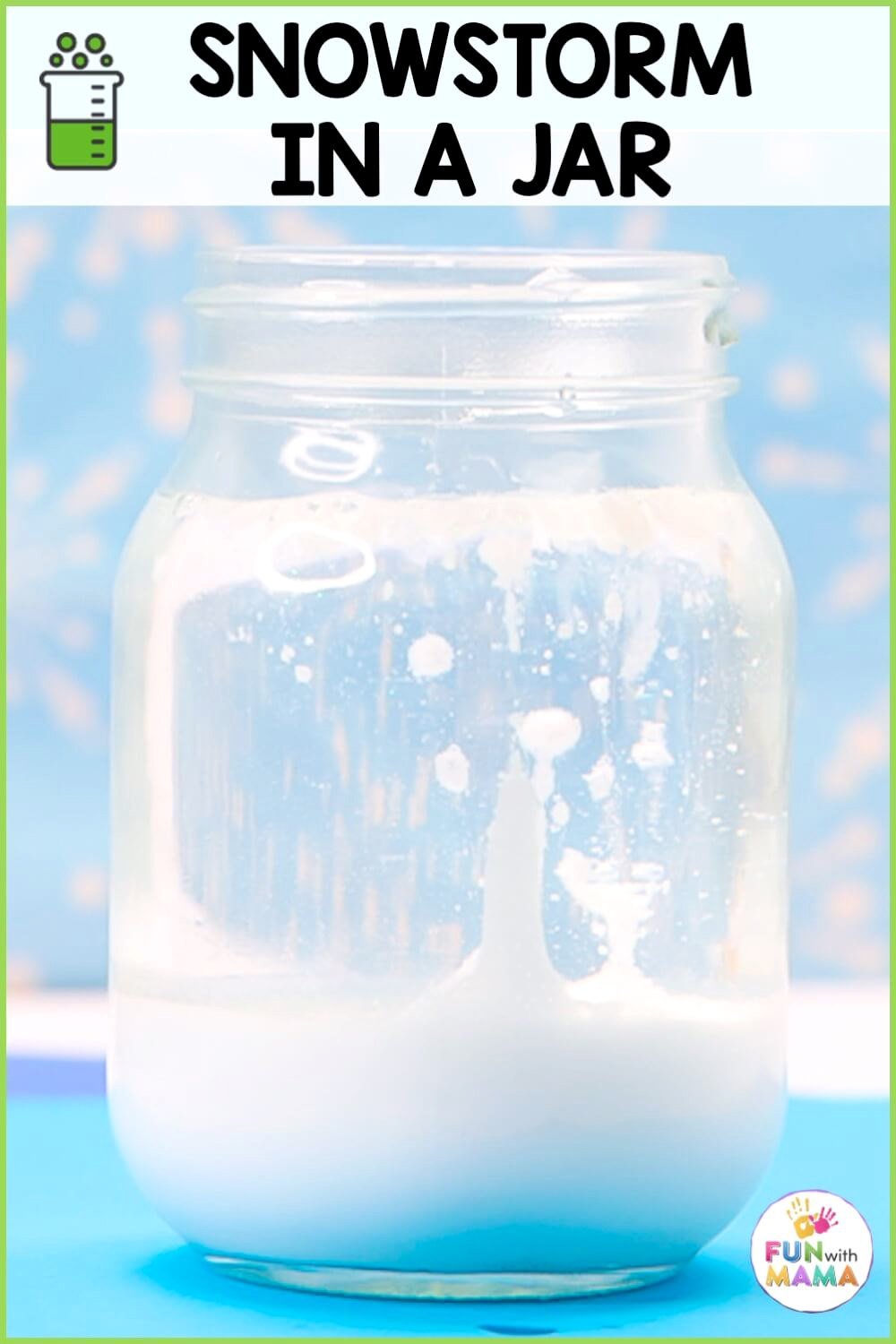

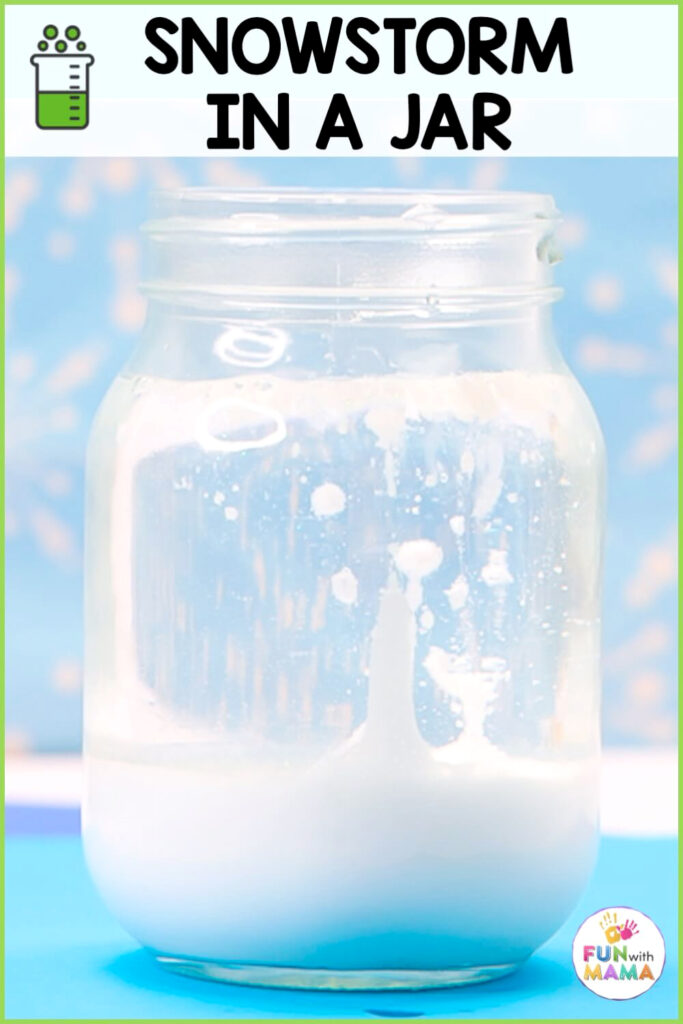

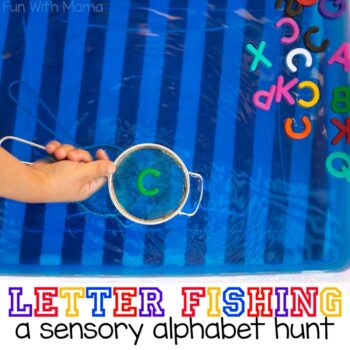
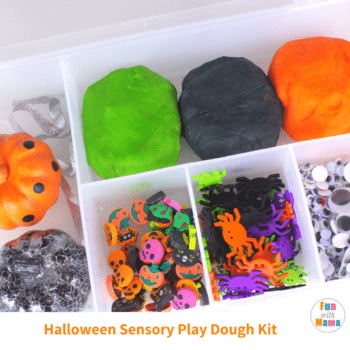

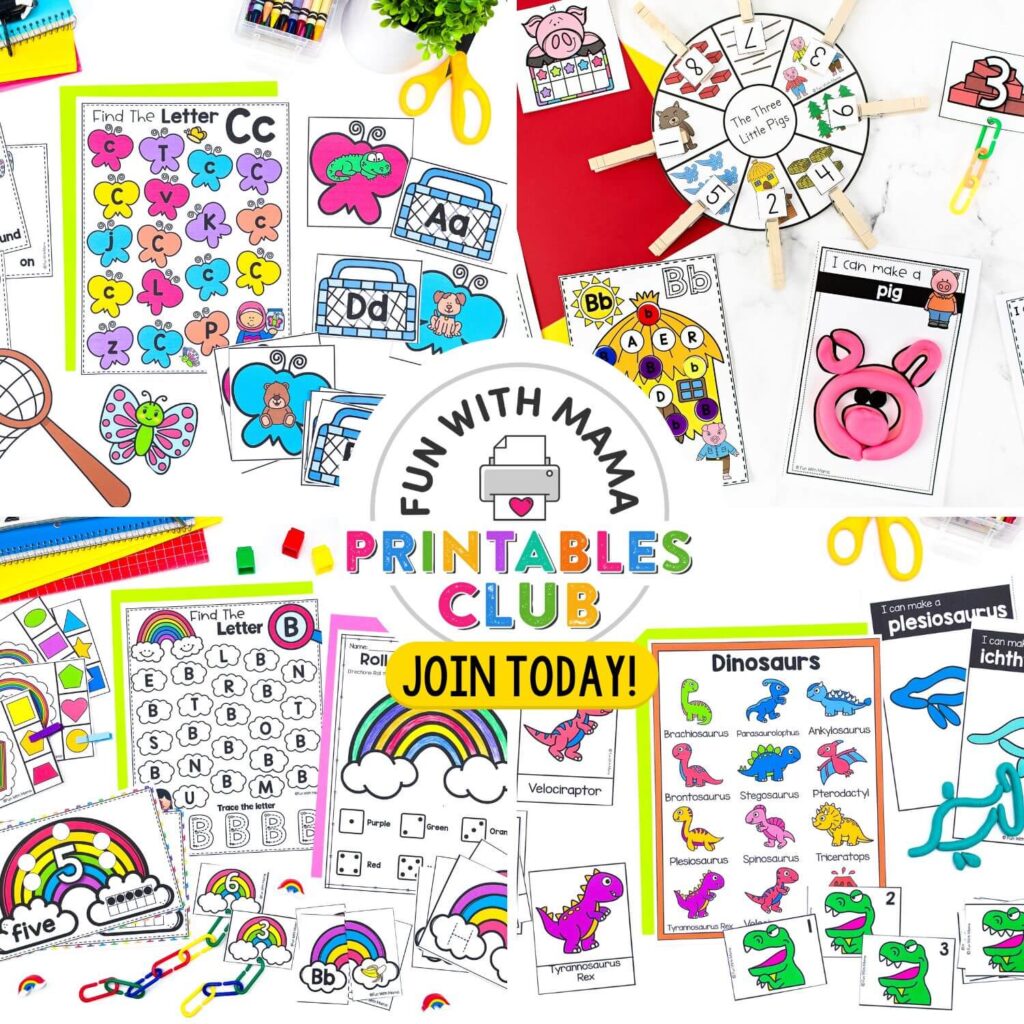

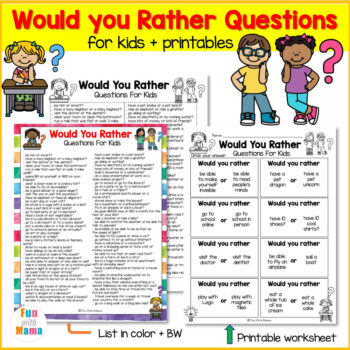
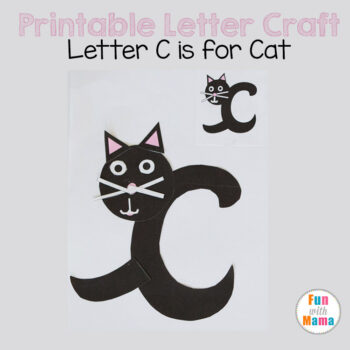
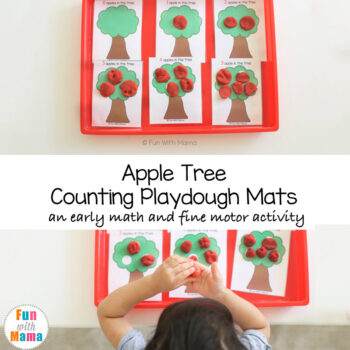
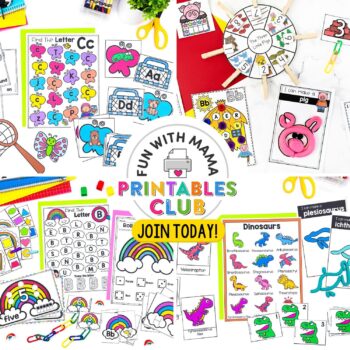
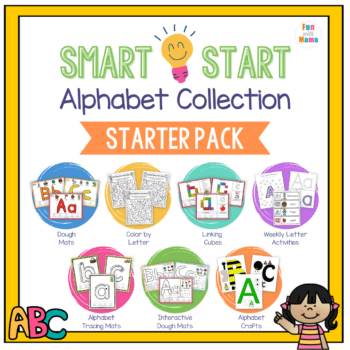
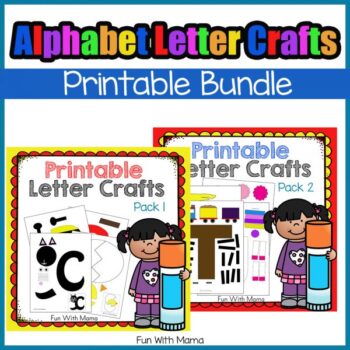
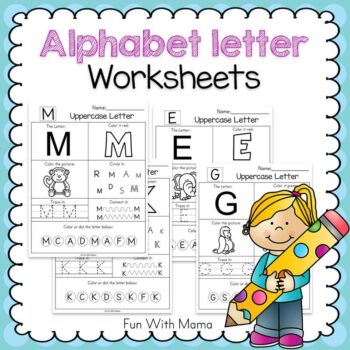
Leave a Comment